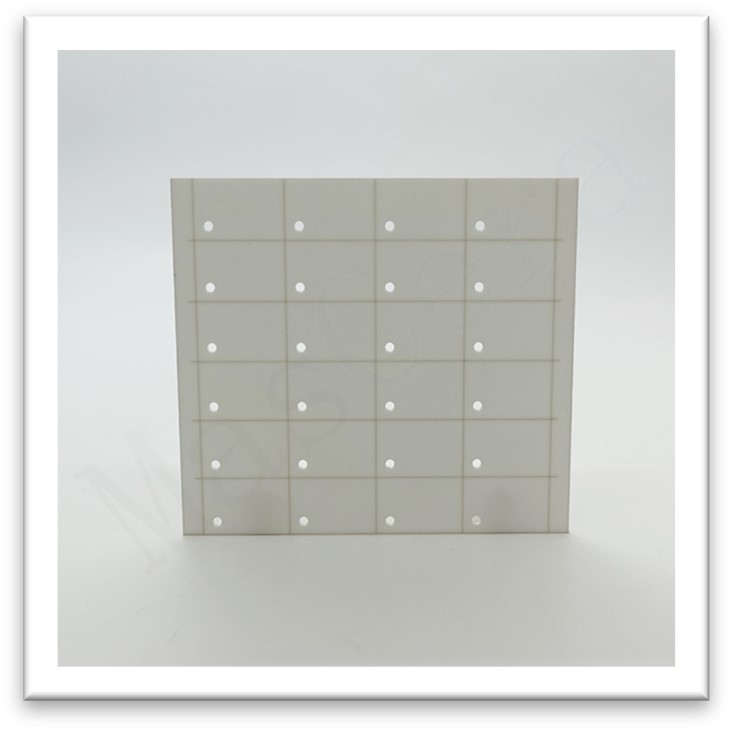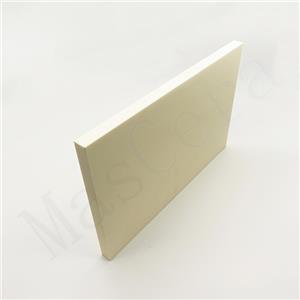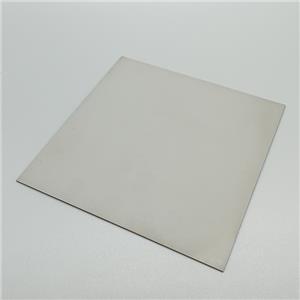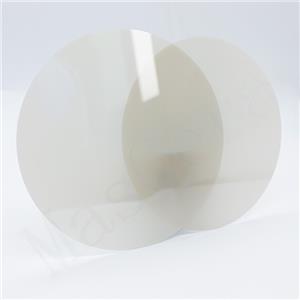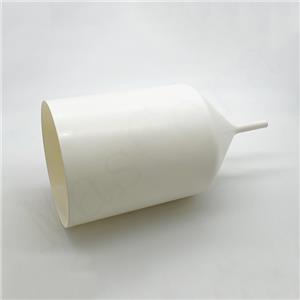Ceramic Substrate Series - Introduction to Laser Drilling Process
As a support base for electronic components, ceramic substrates facilitate heat dissipation in electronic devices. After the initial forming of ceramic substrates, they require further processing such as drilling and scribing. Traditional machining methods cannot meet the high-precision machining requirements of ceramic substrates. With the development of laser processing technology, it is gradually becoming the mainstream for precision machining of ceramic substrates.
1、Types and Characteristics of Ceramic Substrates
Ceramic substrates are thin materials with electronic ceramics as the base, providing a support base for film circuit elements and surface-mounted components. The main materials used for ceramic substrates include alumina (Al2O3), aluminum nitride (AlN), and silicon nitride (Si3N4).
Among them, silicon nitride (Si3N4) ceramic substrates exhibit excellent mechanical strength, thermal shock resistance, and chemical stability. They are commonly utilized in high-temperature and high-stress environments such as gas turbines, automotive engines, etc. Additionally, they possess good electrical insulation properties, enabling them to withstand high voltages, making them highly useful in high-power electronic applications. Silicon nitride ceramic substrates also feature low thermal expansion, making them compatible with various materials, including semiconductors and metals.
Aluminum nitride (AlN) ceramic substratesare a new generation of high-performance ceramic substrates, characterized by high thermal conductivity, low dielectric constant and loss, and a thermal expansion coefficient similar to silicon. As technology matures, the cost gradually decreases, leading to increasingly widespread applications.
Although alumina (Al2O3) ceramic substrates have relatively low thermal conductivity, their low material cost and affordable price make them widely used in various fields such as integrated circuit insulation substrates, packaging materials, chip resistors, potentiometers, heat sinks, bases, insulating boards, and thyristors.
2、Introduction and Advantages of Laser Drilling
Laser drilling utilizes the high power and good spatial coherence of pulsed lasers to melt and vaporize materials to form holes. The process of laser drilling is a thermophysical interaction between laser and material, involving various energy conversion processes such as reflection, absorption, vaporization, re-radiation, and heat diffusion, which are determined by the beam characteristics such as laser wavelength, pulse width, focusing state, and various physical properties of the material.
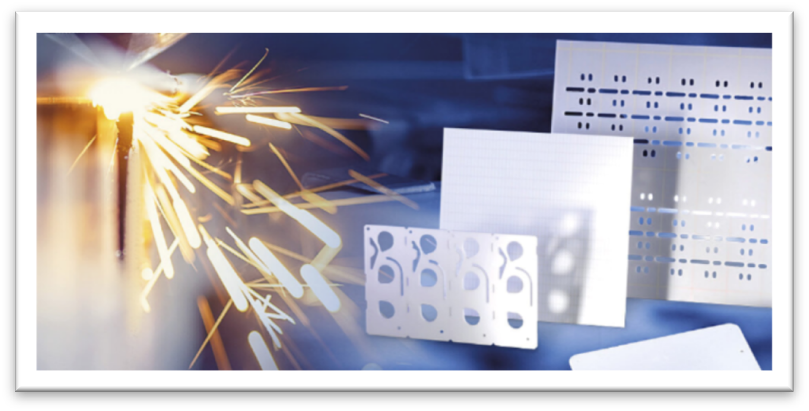
Advantages of laser drilling include:
(1)Fast speed and high efficiency
Laser drilling operates at high power density, resulting in fast drilling speeds. With high-precision machine tools and control systems, high-efficiency drilling can be achieved.
(2)Ability to achieve large depth-to-diameter ratios
Laser drilling allows for significantly larger depth-to-diameter ratios compared to other drilling methods, especially in micro-drilling.
(3)Wide range of materials
Laser drilling can be performed on various materials without being limited by mechanical properties such as hardness, stiffness, strength, and brittleness, which is crucial for ceramic processing.
(4)No tool wear
Laser drilling is a non-contact process, avoiding issues such as tool breakage common in mechanical drilling of micro-holes.
(5)Suitable for high-density drilling
With integrated systems and automation, laser drilling offers strong repeatability, making it suitable for drilling numerous and densely packed holes.
(6)All-around processing
Laser drilling can process small holes on difficult-to-machine surfaces, even on inclined surfaces, which is challenging for mechanical drilling and EDM drilling.
(7)Processing in extreme environments
Laser drilling can be performed on workpieces placed in vacuum or other conditions.
3、Challenges in Laser Drilling of Ceramic Substrates
Due to the strong thermal properties of the interaction between laser beams and materials, especially for long-wavelength lasers, laser drilling of ceramic substrates faces some challenging issues:
(1)Reducing thermal damage during processing.
(2)Eliminating micro-cracks during drilling.
(3)Achieving high-precision hole shapes and good surface quality.
(4)Controlling the taper of the drilled holes.
(5)Minimizing or eliminating spatter.
(6)Residues and recast layers.
XIAMEN MASCERA TECHNOLOGY CO., LTD. is capable of producing ceramic substrates using different techniques. For ceramic subastrates with a thickness less than 1.5mm, we employ methods such as slip casting and laser processing (laser scribing, laser cutting, laser drilling) for substrates , precision machining is done through dry pressing and machining lathes.
XIAMEN MASCERA TECHNOLOGY CO., LTD. is a reputable and reliable supplier specializing in manufacturing and sales of technical ceramic parts. We provide custom production and high precision machining for a wide series of high performance ceramic materials including alumina ceramic, zirconia ceramic, silicon nitride, silicon carbide, boron nitride, aluminum nitride and machinable glass ceramic. Currently, our ceramic parts can be found in many industries like mechanical, chemical, medical, semiconductor, vehicle, electronic, metallurgy etc. Our mission is to provide the best quality ceramic parts for global users and it is a big pleasure to see our ceramic parts work efficiently in customers' specific applications. We can cooperate on both prototype and mass production, welcome to contact us if you have demands.

